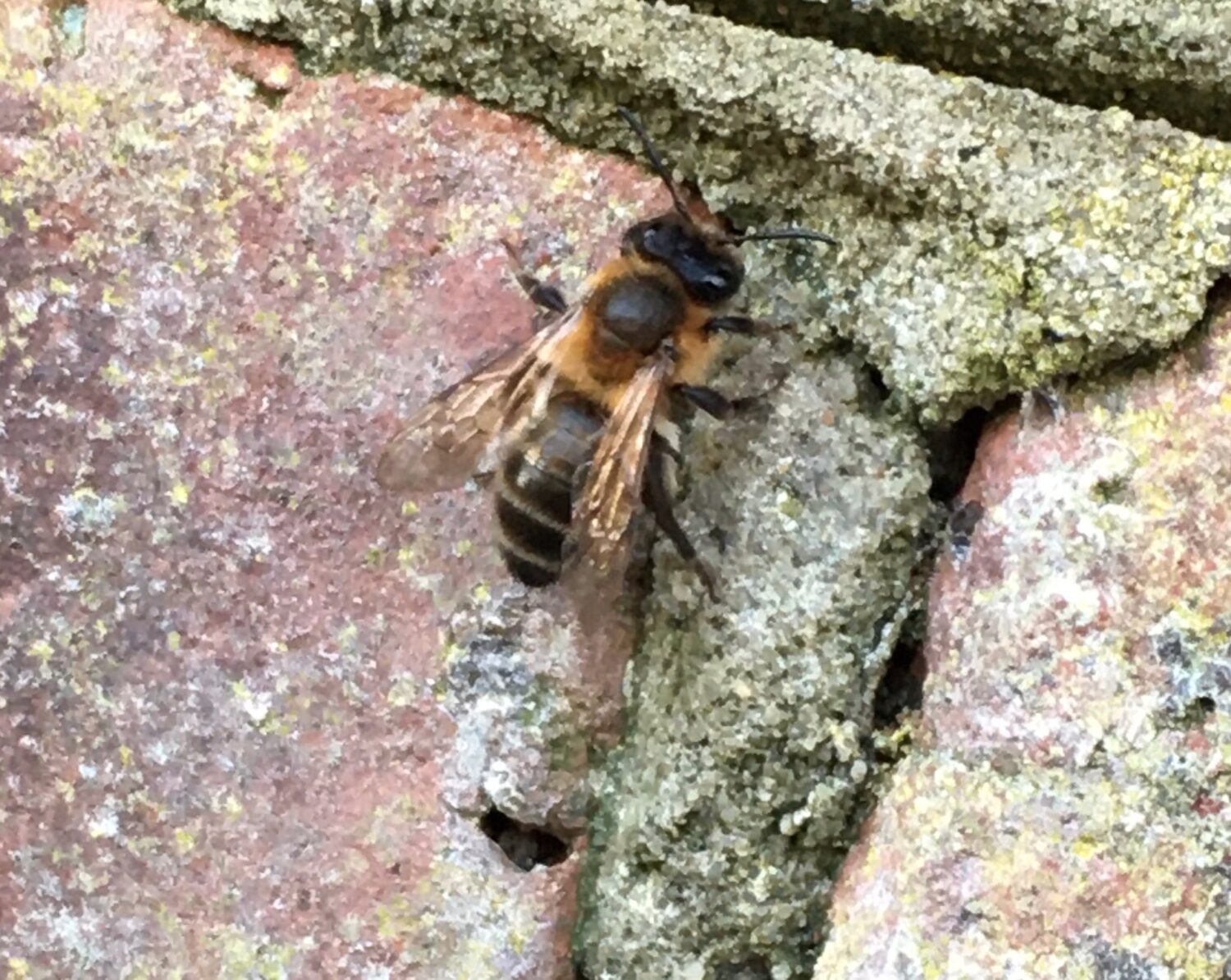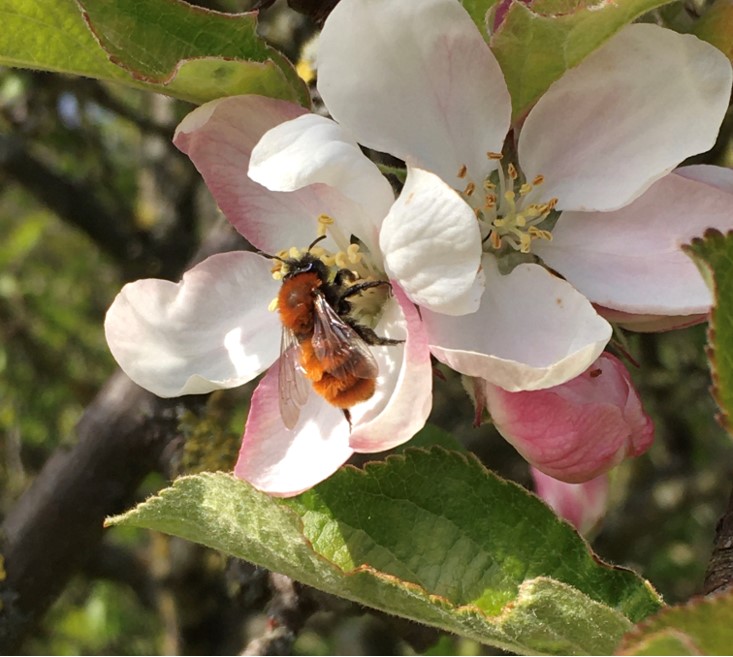Local naturalist, Cal Ritchie, provides a personal take on bee recording in the North East during lockdown
I have always had a lot of love for the natural world, from woodlands to wildflowers, badgers to bees. A refuge during trying times and a place to find peace amidst the busyness of modern life, retreating to nature and observing its wonder has long been a regular occurrence for me. During these uncertain and isolated times, many of us seek distraction and solace in something more positive than the situation in which we currently find ourselves. Thankfully, a welcome wellbeing boost can be found in searching for bees in and around our neighbourhoods.
These ecologically essential workers can be seen foraging right on our doorsteps, contributing in their own small, yet meaningful way with their pollinating prowess. Each year I look forward to the blossoming of spring when the world around us begins to burst into life – the emergence of bees from their winter hibernation having a particular resonance. To me they symbolise the re-awakening of life, perhaps this is why many enthusiasts, myself included, find such solace among the natural world during difficult periods in life. It is for these reasons that my permitted daily exercise has predominantly centred upon spotting and recording bee species around my home and in my local nature reserve, Tunstall Hills, then submitting records to iRecord as part of the NHSN’s North East Bee Hunt.

Upon opening our eyes to these pollinators all around us, the variety of species living on our doorsteps can be surprising. As merely an amateur bee enthusiast myself, I have noticed species descending from a few different pollinator families – from our old friends known as “The Big Seven” group of bumblebee species (the Buff-tailed Bumblebee, Tree Bumblebee, White-tailed Bumblebee, Common Carder Bee, Red-tailed Bumblebee, Garden Bumblebee & Early Bumblebee) to Solitary Bees who prefer to live a more independent lifestyle. A personal favourite of mine is the Tawny Mining Bee and one of eight species in particular focus for the North East Bee Hunt. I have been fortunate enough to encounter several of these little red beauties foraging nearby, adding their own colour to the buzz of spring.

A love of nature and the pollinators that live amongst it is one thing, but why should we record the species that we encounter? If we seek to aid pollinators, of course, the first step in effective conservation efforts is the recording of species. By contributing to the North East Bee Hunt, we can help lay the foundations for conservation in our region. This data allows experts to step in and formulate the most suitable plans for conserving species. There are myriad reasons for seeking to protect pollinators too. Not only do they play a large part in the pollination of our ever-dwindling array of wildflowers (just take a look at this beautiful bee orchid – a species which, incredibly, has actually evolved in appearance to harness the immense power of bee pollination!), but they also make a sizeable contribution to agriculture. Largely responsible for the pollination of numerous crops, including peas, strawberries, apples and tomatoes, their economic impact is hefty. According to The Bumblebee Conservation Trust, insect pollinators are estimated to provide the UK economy with an annual boost of around £600 million, and a whopping €14.2 billion across the EU. Needless to say, their influence in the natural world clearly translates to human civilisation.
For me, it has been an absolute pleasure to learn more about these fascinating creatures in recent years and doing so has only served to bolster my appreciation for the natural world, understanding the importance of ecological conservation in more in-depth ways. I have every intention of continuing to submit records over the course of the year and I urge you to follow suit. Every record counts! Time outdoors amidst diverse life is an increasingly rare commodity in today’s world – one which has countless psychological benefits. In a time where everyday life has paused, step outside, spend more time in the garden, and see what your local park, nature reserve or greenspace has to offer – countless bees await!
For beginners, I recommend the focus species identification guide put together by NHSN. For bumblebees, I also recommend the identification guide put together by The Bumblebee Conservation Trust, available on their website. It is a fantastic resource, guiding you step-by-step through the identification process and highlighting features to look out for.
Happy bee spotting!
By Cal Ritchie, North East Bee Hunt participant